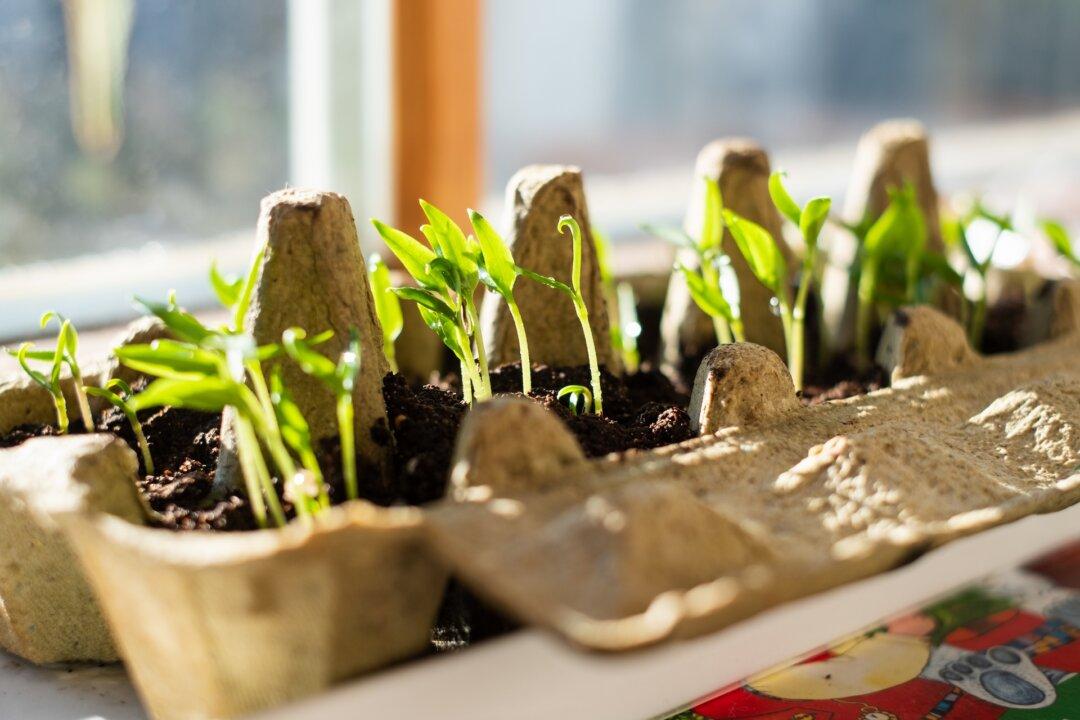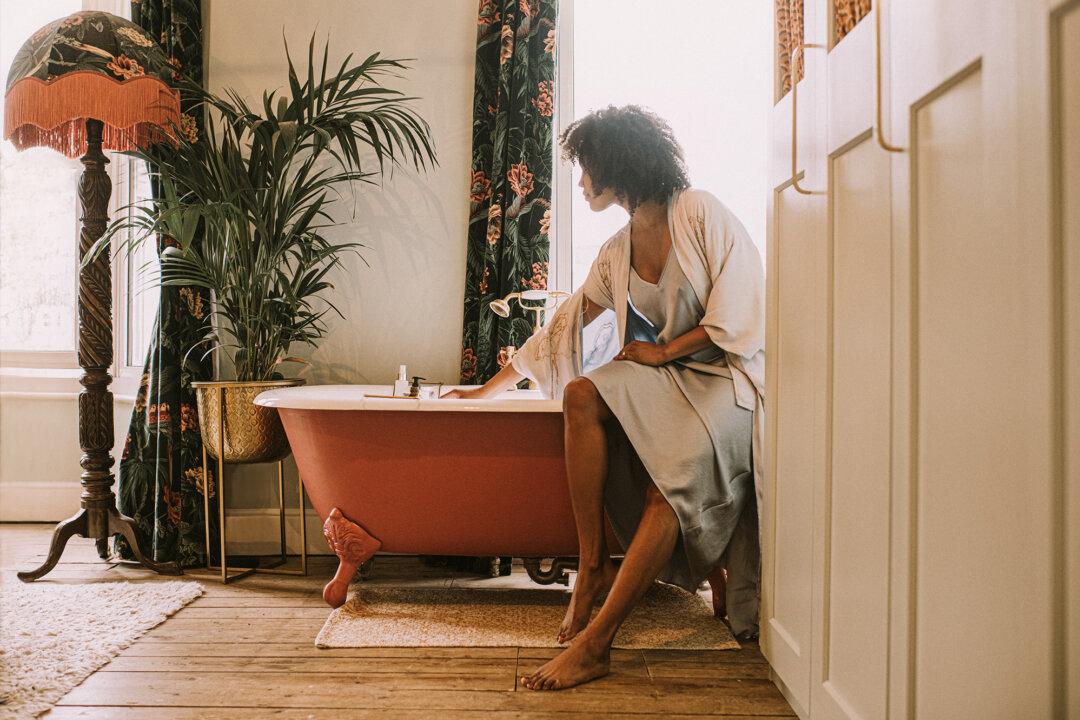Ready to play in the dirt? The cold winter months are a great time to take a long look at last year’s garden: what worked, what didn’t, what should be moved to a sunnier or shadier location—or not grown at all and replaced with something new. It’s time to grab a piece of paper and sketch out this year’s plan.
It’s also the time to create a garden budget, as the enthusiasm of gardening can quickly add up to big expenses (more on how to extend the budget in a bit). What really brings joy to a gardener’s heart and saves the big bucks, however, is starting seeds indoors. After all, for the cost of a single seedling at a garden center, a gardener can buy one or even two packets of seeds.





